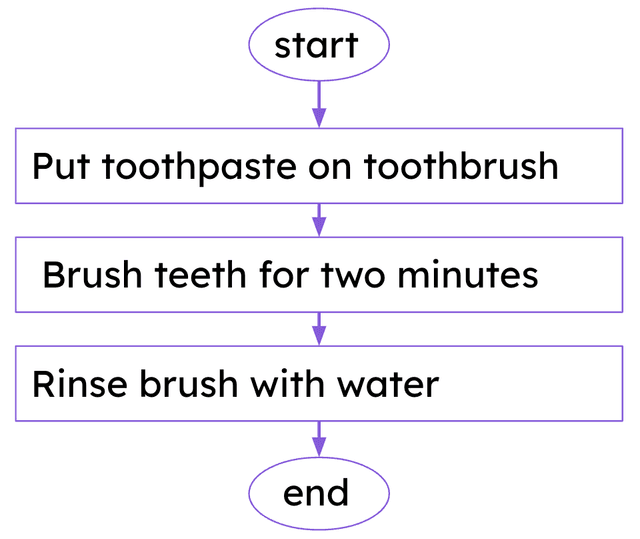Myths about teaching can hold you back
- Year 6
Circulatory system: do and review
I can use a plan to present information about the circulatory system in humans to other people.
- Year 6
Circulatory system: do and review
I can use a plan to present information about the circulatory system in humans to other people.
These resources will be removed by end of Summer Term 2025.
Switch to our new teaching resources now - designed by teachers and leading subject experts, and tested in classrooms.
These resources were created for remote use during the pandemic and are not designed for classroom teaching.
Lesson details
Key learning points
- Scientific information should be presented in an informative and interesting way suitable for the audience.
- The circulatory system can be explained in verbal, pictorial and written presentations.
- Models can be used to present scientific information that cannot be experienced directly.
Keywords
Circulatory system - The circulatory system is a network of the heart, blood and blood vessels working together to circulate blood around the body.
Present - To present information is to show or share it with others.
Verbal - A verbal presentation is in the form of spoken words.
Pictorial - A pictorial presentation is in the form of pictures.
Model - A model is used to describe something that can't be experienced directly.
Common misconception
Children may think that scientists only present information in written, formal reports.
This lesson encourages lots of different forms of reporting scientific information, including verbal, pictorial and written.
To help you plan your year 6 science lesson on: Circulatory system: do and review, download all teaching resources for free and adapt to suit your pupils' needs...
To help you plan your year 6 science lesson on: Circulatory system: do and review, download all teaching resources for free and adapt to suit your pupils' needs.
The starter quiz will activate and check your pupils' prior knowledge, with versions available both with and without answers in PDF format.
We use learning cycles to break down learning into key concepts or ideas linked to the learning outcome. Each learning cycle features explanations with checks for understanding and practice tasks with feedback. All of this is found in our slide decks, ready for you to download and edit. The practice tasks are also available as printable worksheets and some lessons have additional materials with extra material you might need for teaching the lesson.
The assessment exit quiz will test your pupils' understanding of the key learning points.
Our video is a tool for planning, showing how other teachers might teach the lesson, offering helpful tips, modelled explanations and inspiration for your own delivery in the classroom. Plus, you can set it as homework or revision for pupils and keep their learning on track by sharing an online pupil version of this lesson.
Explore more key stage 2 science lessons from the The human circulatory system unit, dive into the full primary science curriculum, or learn more about lesson planning.

Equipment
See additional materials for full guidance.
Content guidance
- Risk assessment required - physical activity
Supervision
Adult supervision required
Licence
Prior knowledge starter quiz
6 Questions
Q1.What type of diagram is this?

Q2.What type of plan gives you an opportunity to find ways of improving your work?
Q3.What system in the human body consists of the heart, blood vessels and blood working together?
Q4.Which of these does blood deliver to all parts of the body?
Q5.Which of these does blood transport to the lungs to be removed from the body?
Q6.Starting with 'blood collects oxygen from the lungs', put these processes in the correct order as part of the human circulatory system.
Assessment exit quiz
6 Questions
Q1.How should scientific information be presented?
Q2.Which statement do you agree with?
Q3.Presenting information by talking about it is called a presentation.
Q4.A pictorial presentation is when information is shared using ...
Q5.Match the ways information on the human circulatory system can be presented with their examples.
a voice-over for a TV programme or a live question and answer session
a diagram or photograph
a report or newspaper article


